Are Run-Flat Tires Getting Better?

You may have heard about run-flat tires, which are designed to allow you to continue driving for up to 50 miles after a puncture occurs.
They make a compelling case if safety and convenience are your main concerns, but it turns out that people tend to be less than pleased with how they fare in the real world.
SEE ALSO: Run Flat Tires: Why You Should or Shouldn’t Buy Them
Run-Flats Deflating With Customers
According to a recent study by J.D. Power, customers with run‐flat tires are less satisfied overall and replace tires more frequently in the first two years of ownership than do customers that didn’t buy run‐flat tires.
The report says the replacement rate for run‐flat tires is slightly higher in the first year of ownership with 10 percent of run-flat owners reporting a replacement versus seven percent with non-run flat tire owners. The difference becomes larger in the second year of ownership, where 27 percent of run‐flat tire owners replaced at least one tire, compared with 16 percent of non‐run‐flat tire owners.
“It’s vital that auto and tire manufacturers address the ride and wear issues, which are still not meeting customer expectations,” J.D. Power global automotive director Brent Gruber said. “Customers expect that run‐flat tires won’t compromise tread life or the ability to provide a quiet and comfortable ride.”
What’s All The Complaining About?
It’s easy to explain why customers aren’t as satisfied. In order for run-flat tires to maintain their shape after a puncture, they need to be stiffer than regular tires. That stiffness in the tires leads to a rougher ride and noisier ride.
Furthermore, these tires are heavier, which can affect their rate of wear and the fuel economy of the vehicle.
In addition to that, the ownership experience of a run-flat isn’t as simple as it sounds. Getting a punctured run-flat repaired isn’t necessarily an easy process because shops need to be specially equipped to fix them and some aren’t. And of course if they can’t be patched, it’s time to buy new tires.
That brings up another issue: price. On average, run-flats cost about 33 percent more than comparable conventional tires. Keep in mind that they also tend not to last as long.

Sami has an unquenchable thirst for car knowledge and has been at AutoGuide for the past six years. He has a degree in journalism and media studies from the University of Guelph-Humber in Toronto and has won multiple journalism awards from the Automotive Journalist Association of Canada. Sami is also on the jury for the World Car Awards.
More by Sami Haj-Assaad



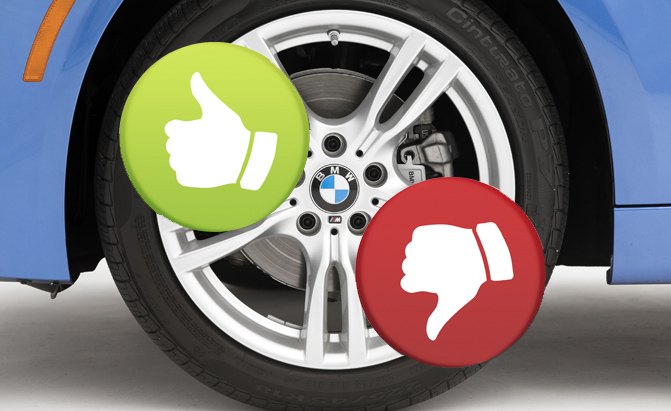












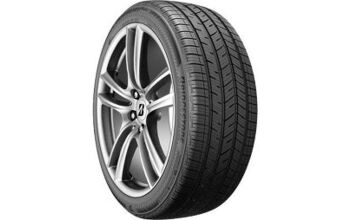
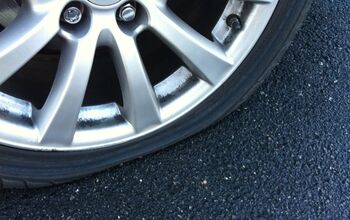
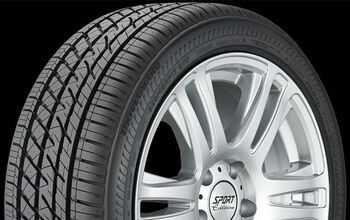

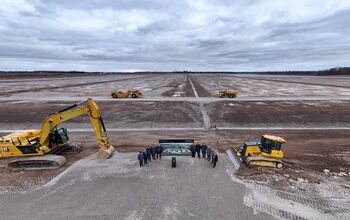







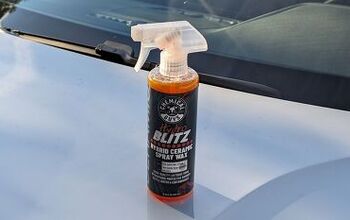
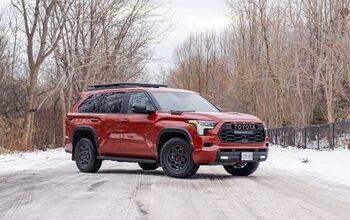


Comments
Join the conversation
They might be getting better, but they have a long way to go. Along with the negatives cited above, run-flats also make wheels more susceptible to damage. It's also ironic that while marketed as a safety and convenience feature, oftentimes they turn out to be just the opposite. Sure you can drive on them with a puncture and no air pressure, but hit a pothole hard enough with a run-flat, and you put a bulge in the stiff sidewall and/or bend the wheel. If that happens you'll be waiting for roadside assistance anyway. A conventional tire is far more likely to absorb that pothole impact without damage.
Short answer: no